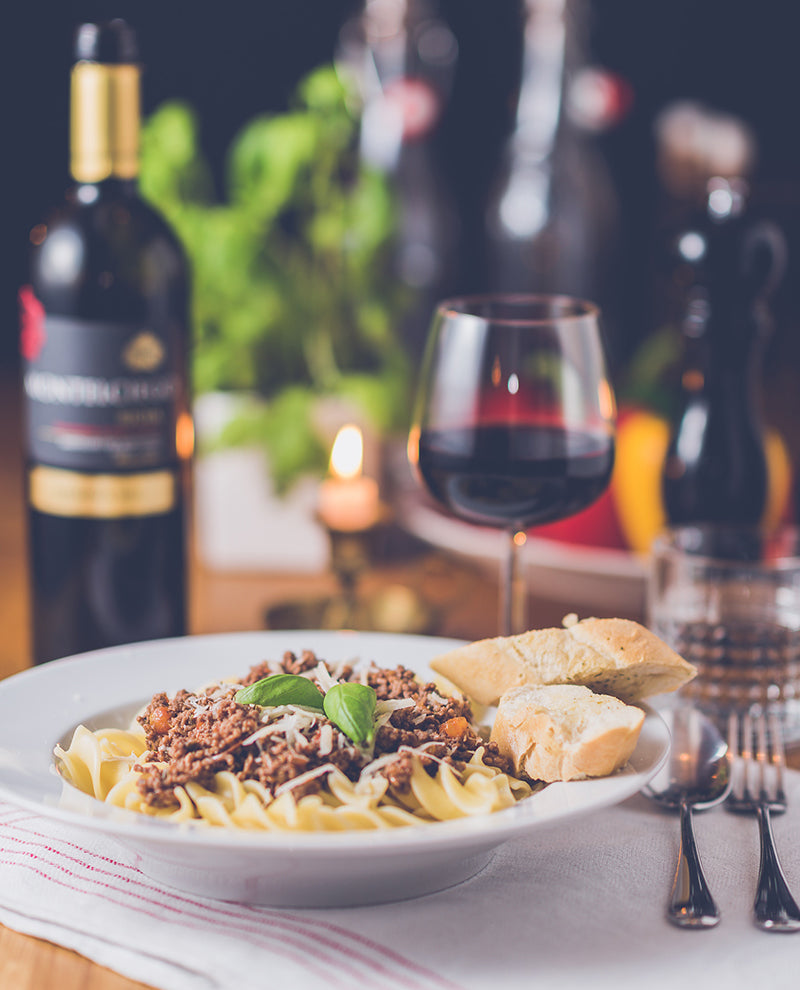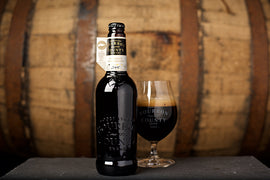Italian Wine Club ~ La Dolce Vite
Puglia, November 2018
Puglia, Apulia for the Romans, the origin of which comes from the Latin word apluvia, means “without rain,” appropriate for this thirsty, dry, red-earth territory.
This region forms the heel of the boot on the southeastern side of Italy. Puglia has Italy’s most extensive coastline with the Adriatic Sea on its northeast side and the Ionian Sea on its southern side. It borders Campania and Basilicata to the west and Molise to the north, and it comprises six provinces. Starting at the north they are: Foggia, Barletta-Andria, Trani, Bari (the capital), Brindisi, and Taranto.
Puglia has the smallest mountainous area in Italy, only 2%, making it the flattest region in the country, being 53% flat land and 45% hills. The Tavoliere delle Puglie is the second largest area of flat land in Italy after the Po Valley up north, but the scarcity of rain precipitation or water sources makes for a less fertile land than the northern valley. Still, Puglia’s economy is mainly supported from agriculture, despite a decline in this sector in favor of tourism. This is especially true in the areas of Gargano and Salento, named by National Geographic magazine as among the Best Value Travel Regions in the World!
I would say that the decline in the agricultural sector reflects changes in the old ways of cultivation in the region. Puglia was known for quantity until a couple of decades ago. Quality was not the priority back then and this was true especially regarding the vines. Wines were thick, overripe, and alcoholic, more suitable for cutting other wines by adding body to weak year vintages. In the past, even our more respected French wine producers and northern Italian wine industries were using juice from Puglia to help bolster their products. Today a new generation of Puglian farmers approach agriculture with a different perspective. The land is not seen as a resource to exploit, but as a primary source of richness because of its specific peculiarities. They are growing produce native to the territory using organic, biodynamic and natural sustainable farming techniques, specifically on vine growing. We are going to taste that in the wines I have chosen this month.
Puglia waits for you to discover a different south of Italy!
Elio Longobardi, Italian Wine Specialist
PlumpJack Wine & Spirits – Noe Valley
Li Veli, Askos, Verdeca Valle dell’Itria IGT 2017
At Cellino San Marco, half way between Brindisi and Lecce, is located Masseria Li Veli. At the beginning of the XXth century, Masseria Li Veli was a cellar built on the ruins of a late medieval structure, traces of which can still be seen in the present building. Masseria is the name used in Puglia to indicate the main building of a farm estate. The masserie have their roots in the period of the Norman Conquest. They were proper integrated centers for agricultural production, which bound men to the work on the land, within an economic structure typical of the south and destined to last into the second half of the XIXth century. In the history of the South, the masseria was to become the place that united and defended properties and people, later becoming the country residence periodically used by the owner when on estate business, or the villa in which to spend the hot summers away from the city.
It was founded as a wine-producing farm estate in 1899 by a prominent figure in Italian finance and politics of the time, marquis Antonio de Viti de Marco (1858-1943). At the time this estate was a model for the south, which at the time was still living in a semi-feudal economy. The result was a business that brought wealth and development to this area. After the marquis’ death the estate was abandoned until 1999 when the Falvo family, with over 40 years of experience in the wine business, purchased and renovated the property.
Li Veli production is concentrated mainly on indigenous varietals of the region with a small percentage dedicated to international grapes. With the Askos line production is dedicated to only using Apulia grapes like Verdeca, Fiano Minutolo, Primitivo, Negramaro, Malvasia Nera, and Susumaniello. Askos is a Greek word that means decanter, and therefore, the picture on the label.
Li Veli Verdeca is made of 90% Verdeca and 10% Fiano. The wine is made from the fruit of 32- year-old vines from two vineyards on the hilly side of Valle d’Itra, in the midwestern part of the region. The soil is calcareous with sediments. Harvest is done manually the third week of September and only stainless steel tanks are used for the fermentation and ageing. The color is a bright gold and the nose detects tropical fruits and a flinty and spicy minerality. On the palate it is full, well balanced with a good acidity, and with a fruity, mineral and spicy aftertaste. Try this wine as an aperitif with Cerignola olives, Marcona almonds, and veggies tempura. It will also be great with spaghetti carbonara or chicken scaloppini.
Cristiano Guttarolo, Primitivo Amphora, Puglia IGP 2016
Cantine Cristiano Guttarolo is located outside the charming town of Gioia del Colle, in the province of Bari, in the former stables of an old farmhouse (masseria) constructed entirely of local stone. The winery, founded in 2004, is situated about 400 meters above sea level on the Murge plateau in Puglia. It is certified organic but Cristiano’s philosophy goes deeper than just that. Cristiano has been using biodynamic treatments for the last two years and is extremely satisfied with the results. Though it is still very early, he already feels a new, inspiring energy he'd never noticed prior to the conversion. And while fully convinced of his methods, he has no plans of asking for certification. None of the vineyards have irrigation systems.
Natural principles are followed throughout the entire winemaking process, including the use of vegetable fertilizers in the vineyards. Primary fermentation occurs spontaneously through the use of indigenous yeasts. The wines are macerated on the skins for 14-18 days and, with the exception of the amphora wine, malolactic fermentation for the wines occurs spontaneously in the spring. Malolactic fermentation begins for the Amphora wine while the wine is still in contact with the skins. Cristiano is dedicated totally to local grapes. He grows Verdeca and Trebbiano as white varietals, and Primitivo and Susamaniello for reds.
This bottle of Primitivo is not what most consumers expect in a Primitivo. There is none of the big, bold, rich, jammy fruit you usually see in this varietal. Here we have a wine that is the simple expression of the fruit and the place where it has been growing. The soil is a mix of clay and limestone. The vineyards are left thriving with grass and wild flowers growing along with the vines. And then there is Cristiano’s unique imprint on this 100% Primitivo from a 0.6 hectares plot of 20-year-old vines. The grapes are partially de-stemmed and put into 500-liter clay amphorae from Umbria. After fermentation the wine is sealed in the amphorae with beeswax and kept for over a year. Final assemblage is done in stainless steel.
The result is an unfiltered and unfined wine. It has a dusty garnet color with some orange hues on the edge. The nose talks of earthy, salty accents, and cooked prunes; a lot of umami nuances. The tasting shows a savory profile. The finish is clean and refreshing.
This is a wine that pairs with vegetable dishes as well as with meat preparations. I tried it with orecchiette con cime di rape (orecchiette pasta with broccoli rabe). It will go well with brasciole al sugo (see recipe) or with your Thanksgiving turkey feast.
Brasciole al sugo
(Beef rolls in tomato sauce)
This dish is an old traditional Puglia recipe that uses the less tender part of the beef meat and so it is also the more affordable for most people. This was a preparation that was done only in special occasions like Christmas, Easter or a wedding. It became one of the recipes adopted by the Italian community of immigrants in the United States, especially on the East Coast.
Ingredients (serves 4)
- 8 slices of beef (flank steak cut in pieces and pounded to tenderize would work)
- 500gr tomato puree
- 1 onion
- 2 laurel leaves
- 1 sprig of parsley
- 1 garlic clove
- 1 cup dry red wine
- 3 tbsp. pecorino cheese (grated)
- 8 thin slices of pancetta (optional)
- ½ cup extra virgin olive oil
- Salt & pepper
- Chop the garlic and the parsley, only the leaves, mix in a small bowl with pecorino cheese
- On a cutting board pound the beef to obtain 8 slices about 2 ½ inch by 4 ½ inch size
- Pour the mixture over each slice of beef using your fingers like you massage the meat
- Set the pancetta over each slice and roll them
- Secure each roll with a toothpick or with kitchen thread to avoid coming apart during the cooking
- Let the brasciole rest in the fridge for an hour and take them out when you ready to start the tomato sauce
- Chop the onion finely
- Add the olive oil in a sauce pan and turn the flame to medium-high
- Smother the onion, add the laurel leaves and beef rolls to let them brown all around
- Pour the wine and let it evaporate
- Add the tomato puree with two cups of water
- Lower the flame, the sauce must boil very gently, cover with a lid and let cook for about an hour. Keep checking that the sauce doesn’t get too dry
- Add more water or a cup of milk and let cook for another hour
- When the meat is very tender the sauce is done
- Serve with toasted slices of bread or over orecchiette pasta with some extra pecorino cheese
Face chiù meracule na votte de vine ca na chiese de sante
(A barrel of wine does more miracles than a church of saints)
– Puglia proverb





